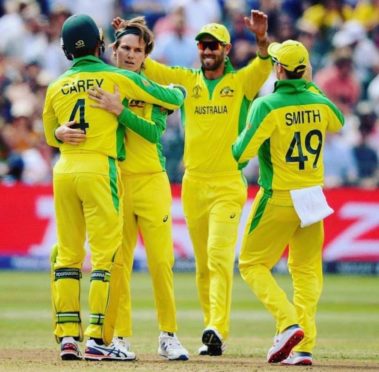England’s cricketers won the World Cup last month. One might imagine their officials would be delivering high-fives, along with the sixes which we’ve come to expect from the limited-overs game.
But, just as quickly as the joy which surrounded Jofra Archer’s demolition of the Australians on the first day of the Third Ashes Test, followed the recriminations from the hosts as Joe Root and his colleagues were skittled for just 67 at Headingley.
It was a wretched display of poor technique, lapses in concentration and headless chicanery which was ruthlessly dismantled by the impressive Aussie attack.
Yet, if this had been a one-off collapse, it would perhaps have understandable. England, after all, are 1-0 down in the series and could lose the Ashes in the next 24 hours. They have a poor top order, a captain who can’t buy a run at the moment and whose average has plummeted since he assumed the skipper’s role, and players such as Jason Roy and Jos Buttler, who seem temperamentally unsuited to the rigours of the Test circuit.
Sadly, though, the evidence is that most countries are equally clueless when it comes to building an innings calmly, methodically, while accumulating enough to lay the platform for a later onslaught. On the contrary, it tends to be all crash-bang-wallop these days and much of that is an inevitable consequence of Twenty20 cricket.
Australia are, of course, missing Steve Smith in this contest, but his replacement Marnus Labuschagne has looked the sort of performer who can adapt to the hard graft required at Test level. He scored more in the first innings than the entire English collective and while some of his compatriots – Marcus Harris and David Warner for instance – have proved as porous as their traditional rivals, he knows where his off-stump is and appreciates you don’t have to hit every delivery.
That isn’t something you can learn in Twenty20 where dot balls are priceless, but it encapsulates why Test cricket is in danger. It should be the pinnacle of every international player’s career, but youngsters are growing up with little inclination to watch videos of Geoff Boycott or Chris Tavare.
The likelihood is that Australia will wrap up victory late on Saturday or Sunday morning and will have retained the Ashes in Blighty for the first time since 2001.
But it’s the Test game itself which is more in jeopardy on this evidence.
